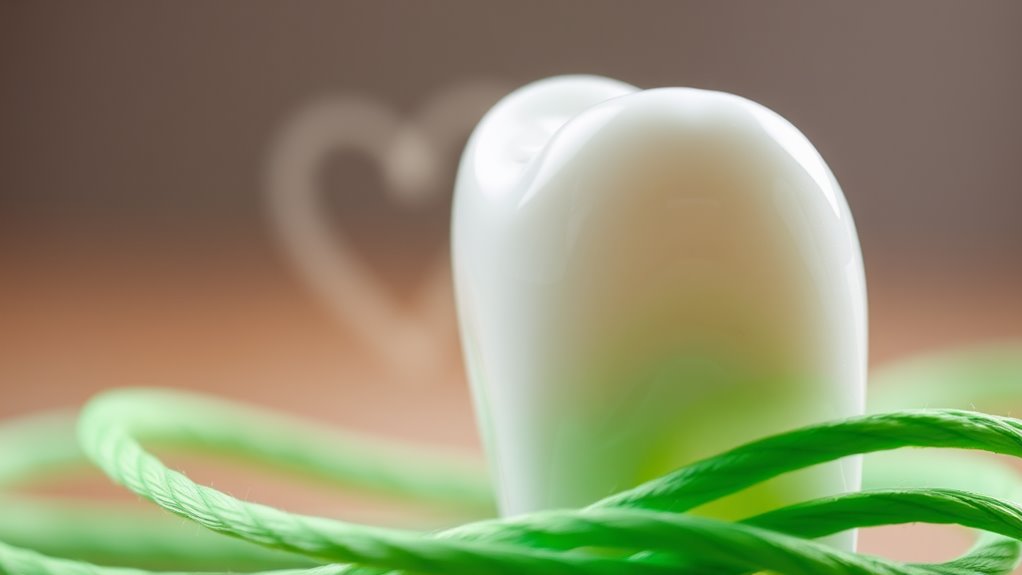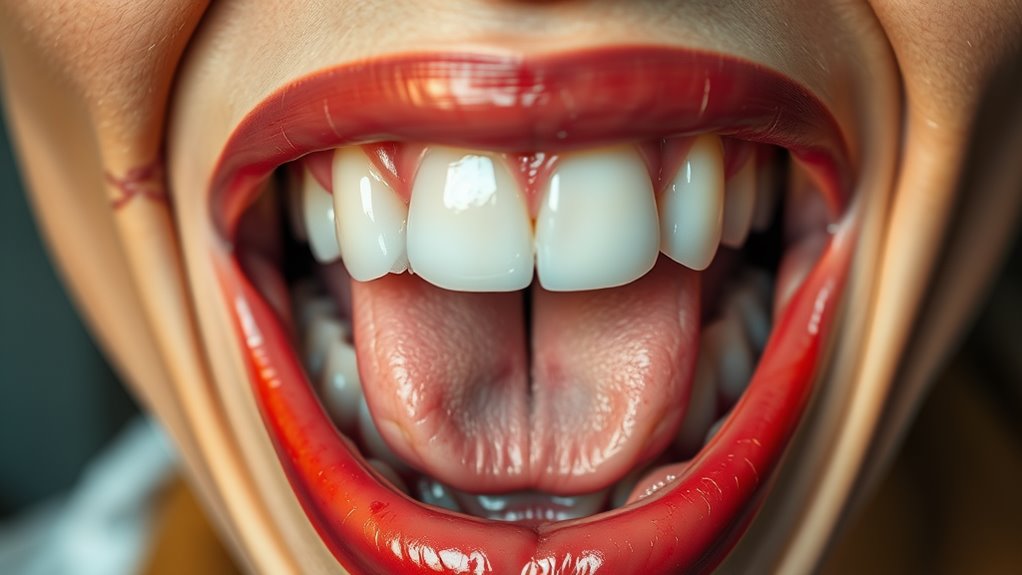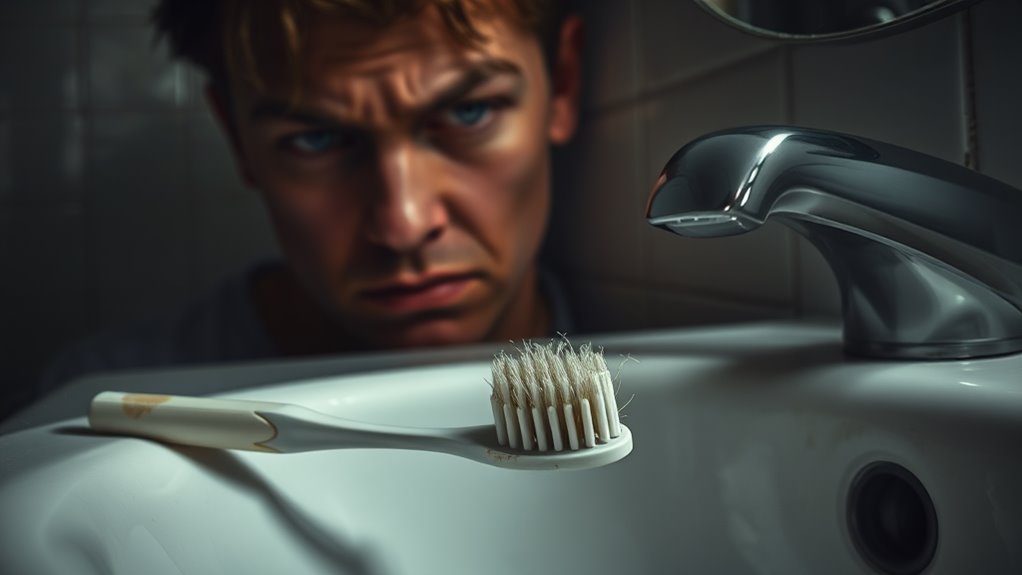Can Bad Teeth Make You Depressed. The Surprising Connection!
Yes, bad teeth can definitely make you depressed. Poor dental health can lead to discomfort that affects your mood and daily life, reducing your overall quality of life. You might feel self-conscious about your smile, leading to social isolation and negative self-talk. This cycle can create feelings of anxiety and hopelessness. Taking care of your dental health can boost your confidence and improve your mental well-being. Discover more about how your oral health influences your mood.
The Link Between Oral Health and Mental Health
While you mightn’t realize it, your oral health can significantly impact your mental well-being. Poor dental health often leads to discomfort, which can affect your mood and daily activities. When you’re in pain, focusing on anything else becomes a challenge, leaving you feeling isolated.
Furthermore, the connection between physical appearance and social acceptance plays a role here. You might find yourself avoiding social situations, which can lead to feelings of loneliness and anxiety. Healthy teeth not only enable you to smile confidently but also enhance your overall quality of life.
Prioritizing your dental care can create a cycle of positivity, improving both your mental health and your relationships. Remember, taking care of your mouth is an essential part of caring for yourself.
How Bad Teeth Affect Self-Esteem
How do bad teeth impact your self-esteem? If you’re struggling with dental issues, you might find yourself feeling self-conscious or anxious in social situations.
You may avoid smiling or laughing, fearing judgment from others. This apprehension can lead to feelings of inadequacy, making it hard to connect with those around you.
When you don’t feel good about your smile, it’s easy to assume others don’t see you as valuable or worthy of love. You might compare yourself to others with perfect teeth, leading to negative self-talk and doubt.
Social Isolation Due to Dental Issues
Dental issues can lead to social isolation, compounding the feelings of self-consciousness and shame that come with poor self-esteem.
You might find yourself avoiding gatherings or skipping out on outings because you fear judgment over your smile. Conversations can feel daunting as you worry about how your teeth affect your appearance and how others perceive you.
This isolation can create a cycle, where lack of social interaction worsens your mood, making you withdraw even further. You may long for connections, but your dental issues often hold you back from forming friendships.
The Psychological Impact of Dental Pain
When you experience dental pain, it can have a profound effect on your mental well-being, often leading to feelings of anxiety and hopelessness. This discomfort doesn’t just stay in your mouth; it seeps into your emotions and daily life.
You might find yourself withdrawing from social activities, fearing the pain might flare up or worrying about how others perceive your situation. With constant distractions from the ache, focusing on work or relationships becomes challenging.
It’s important to acknowledge these feelings and recognize they’re valid. Reaching out to friends, family, or even professionals can help you feel less alone.
You deserve support as you navigate this overwhelming experience and work toward finding relief for both your teeth and mind.
The Role of Dental Care in Mental Well-Being
What role does maintaining good dental health play in your overall mental well-being? It’s more significant than you might think.
When you take care of your teeth, you’re boosting your self-esteem and confidence. Having a bright smile can help you feel more connected to others, making social interactions more enjoyable.
On the flip side, dental issues can lead to anxiety and embarrassment, isolating you from friends and peers. Regular dental visits not only keep your teeth healthy but also provide a space to discuss any concerns about your oral care and mental health.
Strategies for Improving Both Dental and Mental Health
Improving both your dental and mental health isn’t just about routine check-ups; it requires a holistic approach that integrates self-care and awareness. Here are some effective strategies:
| Dental Health Tips | Mental Health Tips |
|---|---|
| Brush twice daily | Practice mindfulness |
| Floss regularly | Stay connected with others |
| Limit sugary snacks | Engage in hobbies |
| Visit your dentist often | Seek professional help |
| Drink plenty of water | Maintain a sleep routine |




